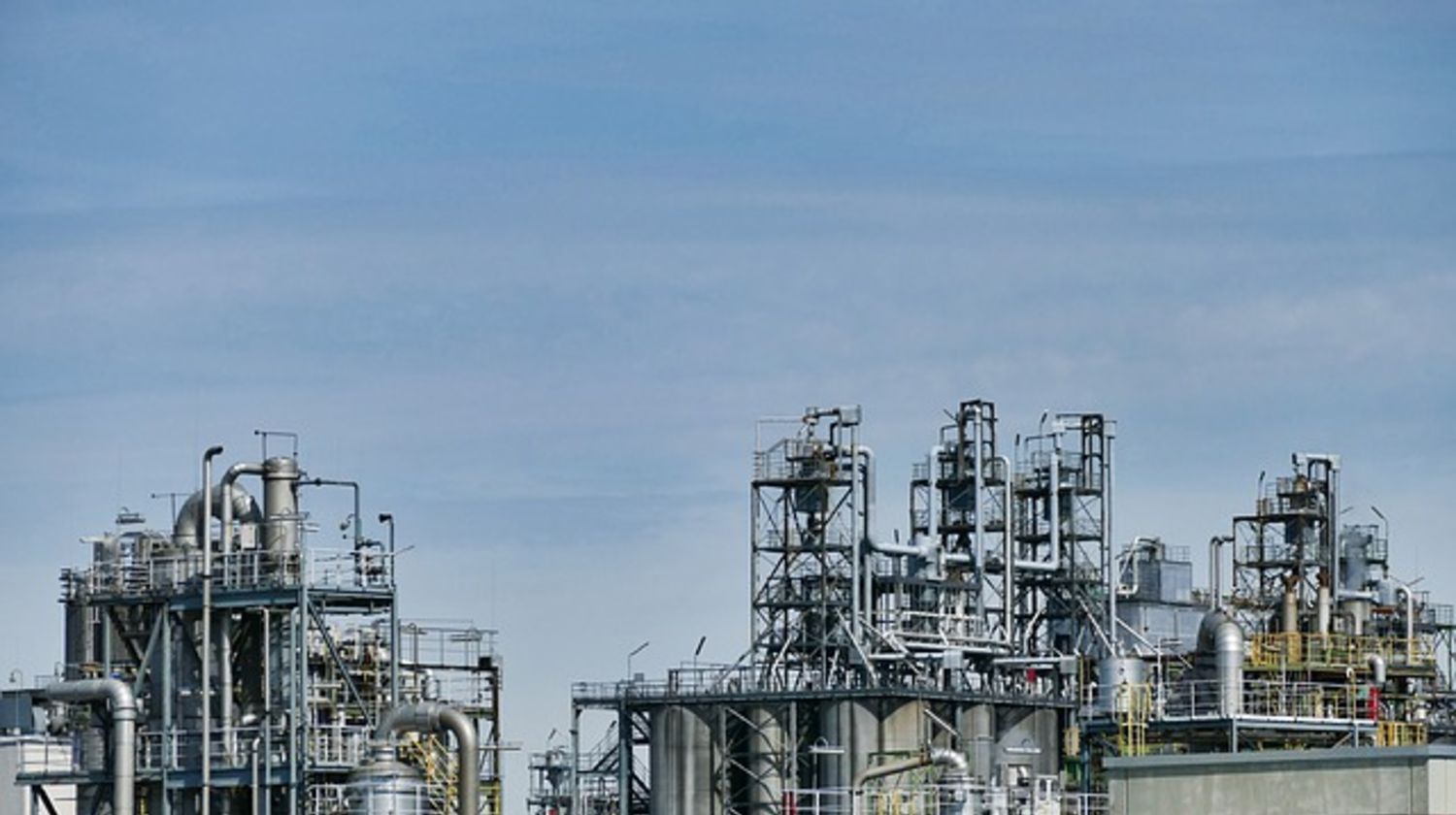Trending News
Crude crashes to six-months lows amid weak data, soft auto demand

Investing.com — WTI crude futures plunged to a six-month low on Monday, amid weak economic data in the U.S. and China, as well as indications of softening automobile demand.
On the New York Mercantile Exchange, WTI crude for September delivery plummeted to $45.13 a barrel, its lowest level since mid-March, before closing near the session low at $45.23, down 1.89 or 4.00% on the session. Last week, Texas Long Sweet futures closed the month down more than 20% as the ramifications of the Iranian Nuclear Deal and a glut of oversupply on global markets weighed. Over the last 30 days of trading, futures have moved at least 3% lower on five separate sessions.
WTI crude future are now approaching their 2015-yearly low of around $43 a barrel. U.S. shale producers can ill-afford to drill at lower prices calling into question whether production cuts will be necessary. Last week, U.S. crude production remained nearly 9.5 million barrels per day – near the highest amounts in more than 40 years. Overseas, the losses in crude futures were just as dramatic.
On the Intercontinental Exchange (ICE), brent crude for September delivery dipped below $50 a barrel touching down to its lowest level since late-January. futures traded in a broad range between $49.49 and $52.01 a barrel before also closing near the session lows at $49.53, down 2.68 or 5.13%. Meanwhile, the spread between the international and U.S. benchmarks of crude stood at $4.30, below Friday's level of $5.11 at the close of trading.
On Monday morning, the U.S. Department of Commerce's Bureau of Economic Analysis said consumer spending increased by 0.2% in June in line with analysts expectations, while personal income rose by 0.4% — slightly higher than consensus estimates. Analysts forecasted a 0.3% rise in incomes for the month. In overnight trading in Asia, China reported that its Caixin Manufacturing PMI for July fell sharply to 47.8, down from 49.4 a month earlier. Manufacturing activity in China unexpectedly stalled last month, amid weakening demand both domestically and abroad.
Energy traders also digested the latest build by OPEC last week in a global market already saturated by oversupply. For the month of July, OPEC supply surged to 32.01 million barrels per day, according to a Reuters survey, rising slightly from an upwardly revised total of 31.87 million bpd in June. Since roiling global energy markets in November with a strategic decision to boost its market share by leaving its production ceiling above 30 million bpd, OPEC supply has increased by more than 1.6 million bpd.
In June, Saudi Arabia produced more than 10.6 million barrels a day, amounting to its highest level on record. The survey is based on shipping data and other energy statistics compiled by industry sources.
The , which measures the strength of the greenback versus a basket of six other major currencies, reached an intraday high of 97.69 before paring some of the gains after the release of the data. In U.S. afternoon trading the index stood at 97.59, up 0.28% on the session. Dollar-denominated commodities such as crude become more expensive for foreign purchasers when the dollar appreciates.
Disclaimer: Fusion Media would like to remind you that the data contained in this website is not necessarily real-time nor accurate. All CFDs (stocks, indexes, futures) and Forex prices are not provided by exchanges but rather by market makers, and so prices may not be accurate and may differ from the actual market price, meaning prices are indicative and not appropriate for trading purposes. Therefore Fusion Media doesn`t bear any responsibility for any trading losses you might incur as a result of using this data .
Fusion Media or anyone involved with Fusion Media will not accept any liability for loss or damage as a result of reliance on the information including data, quotes, charts and buy/sell signals contained within this website. Please be fully informed regarding the risks and costs associated with trading the financial markets, it is one of the riskiest investment forms possible.



